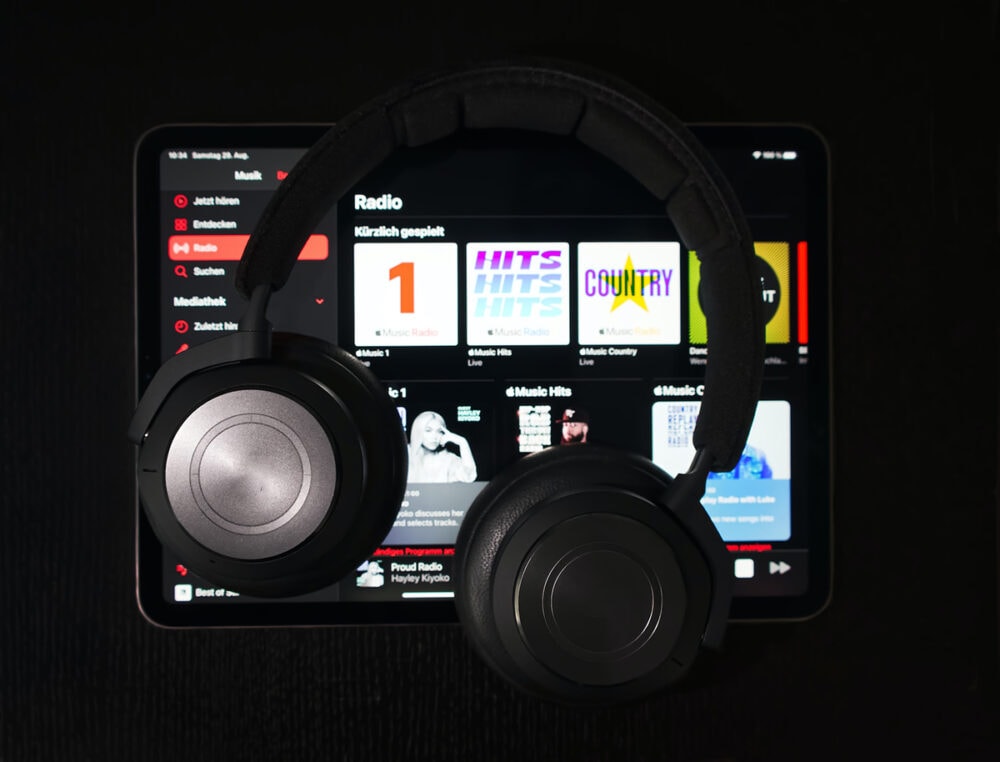Four hours a day Mr. and Mrs. Swiss use radio and TV
The use of radio and television plays an important role in the daily routine of the Swiss resident population. On average, every adult (aged 15 and over) spends four hours a day with the programs offered by these two media genres. This is confirmed by the usage data collected on behalf of the Mediapulse Foundation for the first half of 2018.

With 134 minutes per inhabitant for TV use and 99 minutes for radio consumption, German-speaking Switzerland is slightly below the 4-hour mark (233 minutes) in the combination of viewing and listening time, while Svizzera italiana is well above it (281 minutes) with 191 minutes of TV use and 90 minutes of radio use. Suisse romande recorded a total usage time of 227 minutes (TV = 150, radio = 77) for both media.
While the audience devotes more time to TV content than to radio programs, radio reaches significantly more users. In German-speaking Switzerland, the video medium achieves a daily reach of 67% among people aged 15 and over, while radio reaches 83% of the same target group. In Latin-speaking Switzerland, the differences in reach are smaller. In Suisse romande, the reach of television is 68% and that of radio 79%. In Svizzera italiana, where both genres can count on the largest user base with 77% for TV and 85% for radio, the difference between the two genres is only 8 percentage points.
Compared with the first half of 2017, TV ratings in all language regions and viewing time in German-speaking Switzerland are extremely stable. In Suisse romande, 7 minutes less per capita were spent watching TV in the first half of 2018 than a year earlier. And in Svizzera italiana, the TV time budget of the population aged 15 and over increased by 10 minutes in the same period. Due to a new radio research methodology (see box) introduced in January 2018, a comparison with last year's radio usage data is not possible.
For methodological and research economic reasons, the Mediapulse survey systems do not record the use of radio and TV programs in all details, which is why the figures presented tend to underestimate the use of radio and TV content. For example, TV usage in public places (public viewing) and via mobile devices is not recorded. In the case of radio use, the time-shifted use of radio programs and radio use via headphones are not taken into account.








